Introduction to Drone Technology in Agriculture
Advancements in Drone Technology
Drone technology has rapidly advanced in recent years.
These devices can effectively monitor large agricultural areas.
Farmers now utilize drones for various applications.
This includes crop mapping, monitoring crops, and assessing health.
Benefits of Drones in Agriculture
Drones enhance efficiency in agricultural practices.
They help collect data quickly and accurately.
This leads to better-informed farming decisions.
Moreover, drones reduce the need for labor-intensive methods.
Applications in Crop Disease Surveillance
One critical application is disease surveillance.
Drones can detect crop diseases earlier than traditional methods.
This early detection allows for swift intervention.
Consequently, it minimizes potential yield losses.
Data Collection and Analysis
Drones capture high-resolution images of crops.
This imagery enables precise analysis of plant health.
Agronomists can assess variations in plant color and health.
Transform Your Agribusiness
Unlock your farm's potential with expert advice tailored to your needs. Get actionable steps that drive real results.
Get StartedSubsequently, they can identify disease outbreaks effectively.
Integration with Other Technologies
Drones work well with other technologies like AI and machine learning.
This integration enhances data analysis processes.
Farmers can make predictions about crop health trends.
Overall, this leads to improved farm management strategies.
Benefits of Using Drones for Crop Disease Surveillance
Enhanced Monitoring Capabilities
Drones offer an excellent solution for crop monitoring.
They provide real-time aerial views of entire fields.
This technology improves the assessment of plant health.
Farmers can identify problem areas quickly and accurately.
Increased Efficiency and Cost-Effectiveness
Utilizing drones saves valuable time during surveillance.
They cover vast areas quickly compared to manual inspections.
This efficiency translates to lower labor costs for farmers.
In turn, it allows them to allocate resources more effectively.
Precision Agriculture and Data Collection
Drones gather precise data on crop conditions.
They enable the collection of multispectral images.
This data helps in understanding disease spread patterns.
Farmers can make informed decisions based on analytics.
Early Detection of Crop Diseases
Early identification of crop diseases is crucial.
Drones assist in spotting symptoms before they spread.
Timely intervention can save significant crop yields.
Moreover, it reduces the need for extensive pesticide use.
Environmental Benefits
Using drones contributes to sustainable agricultural practices.
They minimize the environmental impact of farming.
Less pesticide application means healthier ecosystems.
Showcase Your Farming Business
Publish your professional farming services profile on our blog for a one-time fee of $200 and reach a dedicated audience of farmers and agribusiness owners.
Publish Your ProfileThis approach supports the health of surrounding wildlife.
Different Types of Drones Used in Agriculture
Fixed-Wing Drones
Fixed-wing drones are excellent for covering large areas swiftly.
They have a longer flight time compared to multirotor drones.
Farmers use them for wide-scale monitoring of crops.
These drones can carry heavier payloads for advanced imaging sensors.
Moreover, they are efficient for mapping purposes.
Multirotor Drones
Multirotor drones are popular due to their maneuverability.
They excel in capturing high-resolution images of specific areas.
Farmers often deploy them for inspecting hard-to-reach locations.
Users appreciate their stability during flight.
Additionally, they are easier to operate for beginners.
Hybrid Drones
Hybrid drones combine the features of both fixed-wing and multirotor models.
They provide the best of both worlds in agricultural applications.
These drones can take off and land vertically like multirotors.
At the same time, they fly longer distances like fixed-wing drones.
Farmers value their versatility for various tasks.
Specialized Agricultural Drones
Some drones are designed specifically for agricultural purposes.
These specialized drones include advanced sensors for crop monitoring.
They often come equipped with multispectral imaging capabilities.
Farmers utilize them to assess plant health effectively.
Such drones can also spray pesticides or fertilizers accurately.
Delivery Drones
Delivery drones are emerging as a new trend in farming.
They can transport essential supplies directly to crops.
This method saves time and reduces labor costs significantly.
Farmers are exploring their use for timely pesticide applications.
Moreover, they may enhance efficiency in farm management practices.
Find Out More: Climate-Smart Agriculture Tools Mitigating Environmental Impact
Technologies Integrated with Drones for Disease Detection
Remote Sensing
Remote sensing technology enables drones to capture data from afar.
This technology identifies temperature variations in crops.
Additionally, it monitors moisture levels within the soil.
Farmers can use this data to detect stress in plants.
As a result, early warnings about potential disease outbreaks become possible.
Multispectral Imaging
Multispectral imaging captures light within specific wavelength ranges.
Drones equipped with this technology provide detailed crop health information.
This imaging highlights areas affected by disease.
Consequently, farmers can target treatments more effectively.
Also, it allows for monitoring overall crop health over time.
Thermal Imaging
Thermal imaging reveals temperature differences in crops.
Drones can quickly scan large field areas to identify anomalies.
These anomalies often indicate the presence of diseases.
Showcase Your Farming Business
Publish your professional farming services profile on our blog for a one-time fee of $200 and reach a dedicated audience of farmers and agribusiness owners.
Publish Your ProfileBy detecting these issues, farmers can respond promptly.
This method proves invaluable for precision agriculture.
Artificial Intelligence and Machine Learning
Integrating AI enhances data analysis from drone surveillance.
Machine learning models can predict disease outbreaks.
These models analyze historical data alongside current findings.
With better insights, farmers can implement preemptive measures.
This approach optimizes resource allocation and reduces waste.
Geographic Information Systems (GIS)
GIS technology allows for advanced data visualization.
Drones collect geographic data that helps in mapping disease spread.
This information supports strategic planning for disease control.
Farmers can visualize affected regions in real-time.
As a result, they can prioritize areas needing immediate attention.
See Related Content: Maximizing Yield With Advanced Agricultural Drones
Case Studies: Successful Implementation of Drones in Crop Monitoring
Precision Agriculture in California
In California, farmers have adopted drone technology to monitor crop health.
Drones equipped with multispectral cameras provide detailed aerial views.
This enables timely detection of crop diseases.
Farmers can target specific areas for treatment, reducing pesticide use.
Subsequently, this approach enhances both yield and sustainability.
Monitoring Coffee Plants in Colombia
In Colombia, drone technology has revolutionized coffee plantation management.
Farmers utilize drones to identify stressed plants quickly.
This early intervention prevents widespread disease outbreaks.
Moreover, the data helps farmers optimize resource allocation.
As a result, they achieve higher quality coffee beans.
Wheat Surveillance in Australia
In Australia, drone use has improved wheat disease surveillance significantly.
Drones collect data on plant health variability across vast fields.
This real-time information assists farmers in making informed decisions.
Consequently, farmers can minimize losses from diseases like rust.
Furthermore, it supports efficient management of nutrient inputs.
Enhancements in Tomato Farming in Spain
Tomato growers in Spain have successfully integrated drones into their operations.
Drones map field variability and detect pest infestations early.
This leads to better resource management and targeted interventions.
Moreover, growers report increased crop yields and quality.
Overall, drone technology fosters more sustainable farming practices.
Uncover the Details: Cost-Effective Drone Solutions For Small Farms
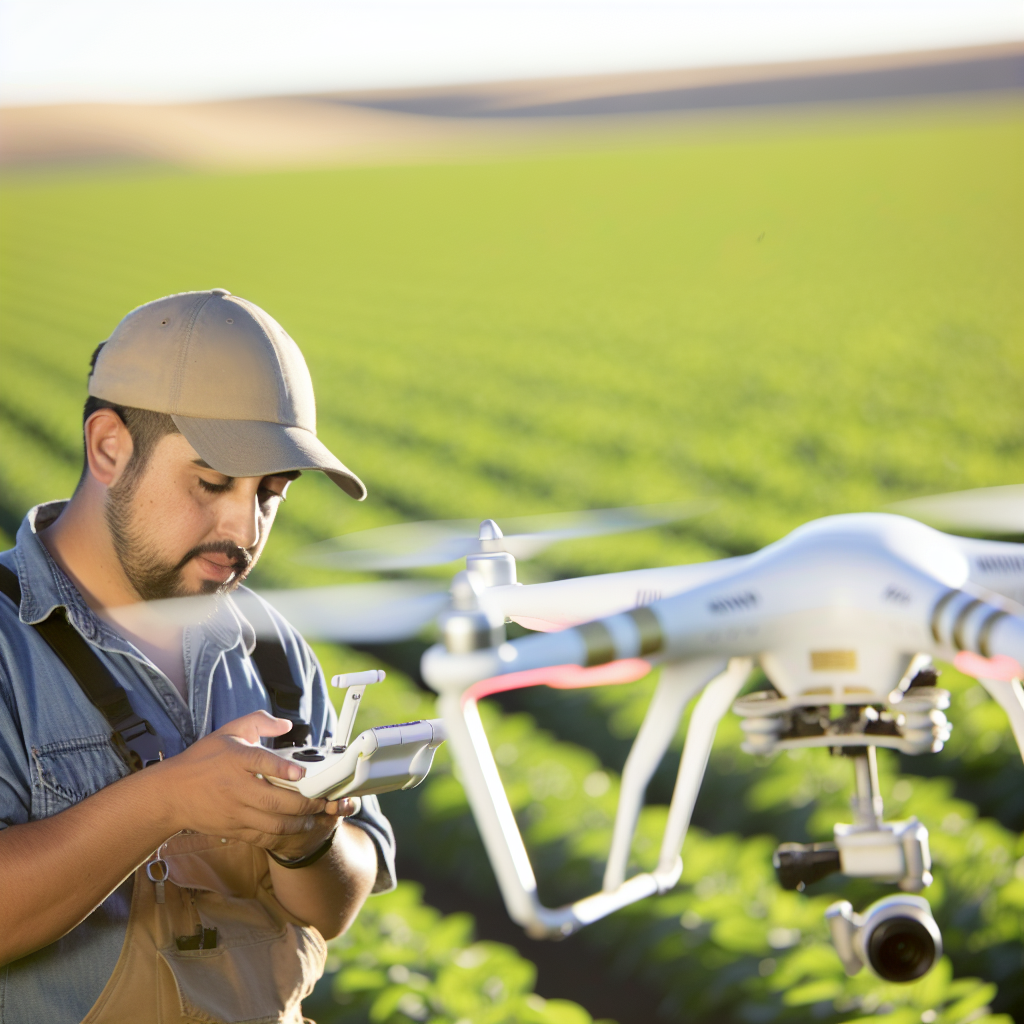
Challenges and Limitations of Drone Technology in Agriculture
Regulatory Challenges
Drone operations face strict regulations in agriculture.
Farmers must adhere to local laws regarding airspace use.
Additionally, they need permits for commercial drone flights.
This complex regulatory landscape often deters adoption.
Technical Limitations
Drone technology still encounters several technical hurdles.
One significant issue is battery life, limiting flight duration.
Showcase Your Farming Business
Publish your professional farming services profile on our blog for a one-time fee of $200 and reach a dedicated audience of farmers and agribusiness owners.
Publish Your ProfileMoreover, low-resolution images may hinder accurate disease detection.
Inconsistent internet connectivity can also disrupt data transmission.
Cost Factors
The initial investment in drone technology can be substantial.
Many farmers may find the cost prohibitive at first.
Ongoing maintenance and operational costs add to this burden.
As a result, some farmers hesitate to invest in drones.
Data Management Difficulties
Collecting data with drones is just the first step.
Analyzing large data sets presents its own challenges.
Farmers may lack the necessary data management skills.
Additionally, integrating drone data with existing systems can be complex.
Environmental Concerns
Drone usage raises environmental sustainability issues.
Noise pollution from drone operations affects local wildlife.
Furthermore, potential ecological impacts of regular flights require assessment.
As a result, environmental stewardship must be a consideration.
See Related Content: Improving Supply Chain Efficiency With Blockchain In Agriculture
Future Trends in Drone Technology for Crop Disease Management
The Rise of Autonomous Drones
Autonomous drones are transforming crop disease surveillance.
They reduce the need for human intervention during monitoring.
As technology advances, these drones will become increasingly sophisticated.
Farmers can expect highly accurate data collection without manual labor.
This shift helps manage resources more efficiently.
Integration of Artificial Intelligence
Artificial intelligence is enhancing the capabilities of drones.
AI algorithms can identify crop diseases with precision.
These systems analyze images captured from the air to detect anomalies.
Consequently, farmers receive critical insights into crop health.
This integration streamlines the decision-making process significantly.
Enhanced Data Analytics
Data analytics play a crucial role in future drone technologies.
Drones will gather vast amounts of data during flights.
Advanced analytics will provide actionable insights from this data.
Farmers will gain a clearer understanding of disease outbreaks.
Ultimately, this leads to faster response times in managing crops.
Collaboration with IoT Solutions
The Internet of Things (IoT) is becoming integral to agriculture.
Drones will collaborate with IoT devices to gather real-time data.
This synergy offers more comprehensive surveillance of crop health.
IoT sensors can monitor environmental conditions alongside drone data.
This combined approach enhances overall agricultural insights.
Improved Imaging Technologies
Imaging technologies are evolving, influencing drone performance.
High-resolution cameras will enable detailed crop analysis.
Additionally, multispectral imaging will allow for deeper insights.
This technology detects plant stress invisible to the naked eye.
Consequently, farmers can take proactive measures to protect their crops.
Showcase Your Farming Business
Publish your professional farming services profile on our blog for a one-time fee of $200 and reach a dedicated audience of farmers and agribusiness owners.
Publish Your ProfileIncreased Regulation and Safety Compliance
As drone usage grows, so will regulations governing their use.
Farmers must comply with safety standards to operate drones legally.
This focus on safety ensures responsible drone deployment.
Moreover, education will be crucial for proper drone operation.
Understanding regulations will help farmers maximize their benefits.
Regulatory Considerations and Compliance for Agricultural Drones
Importance of Compliance
Compliance ensures safety in agricultural drone operations.
It protects the farmers, workers, and local communities.
Non-compliance can lead to significant penalties and fines.
Regulatory Bodies
Several authorities govern agricultural drone use.
The Federal Aviation Administration (FAA) is a key player in the U.S.
Additionally, local agricultural departments may have specific regulations.
Registration Requirements
Drones must be registered before operation to ensure legality.
This process often includes providing details such as weight and purpose.
Unregistered drones risk confiscation and legal issues.
Pilot Certification
Using drones in agriculture may require certified pilots.
The FAA administers a remote pilot certificate test.
Certification ensures pilots understand safety and operational guidelines.
Operational Guidelines
Operators must adhere to specific operational guidelines.
This includes altitude limits and no-fly zones.
Maintaining visual line of sight is also crucial.
Privacy Considerations
Farmers must respect privacy laws when using drones.
This includes avoiding unnecessary surveillance of neighboring properties.
Understanding local privacy laws is essential for compliance.
Data Management Regulations
Data collected from aerial surveys must be managed responsibly.
Farmers should ensure compliance with data protection regulations.
This includes safeguarding sensitive crop and location information.
Liability Insurance
Obtaining liability insurance is recommended for drone operators.
This helps protect against potential accidents or damages.
Insurance can provide peace of mind for growers investing in technology.
Additional Resources
Science & Tech Spotlight: Drone Swarm Technologies | U.S. GAO

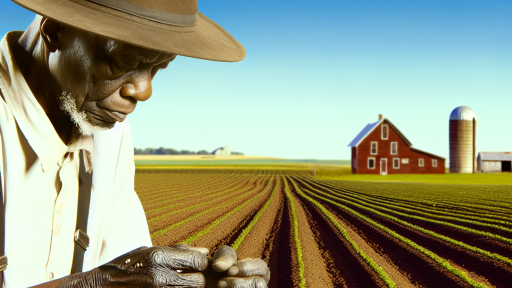
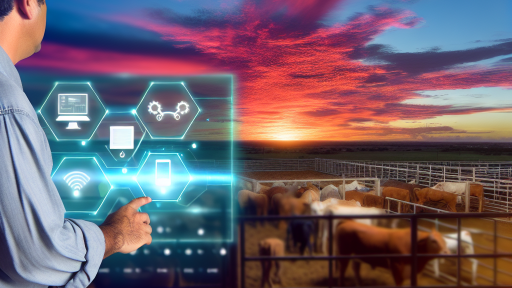
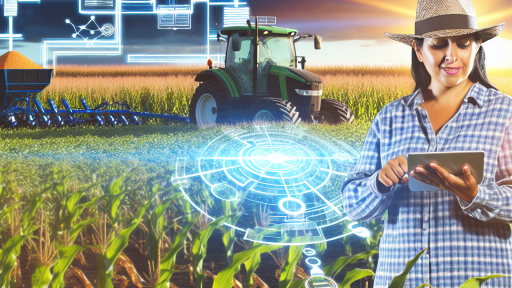
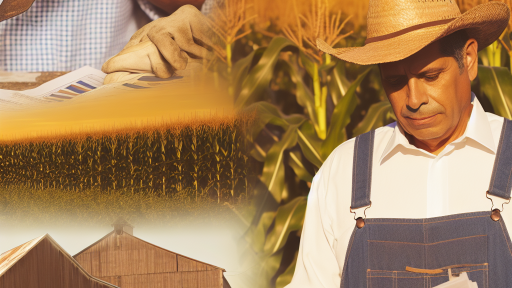
Drones are changing the game in farming, making it easier to monitor crops and respond to diseases faster. Drone spreading also helps with precise fertiliser application, reducing waste and improving yields.
That’s true